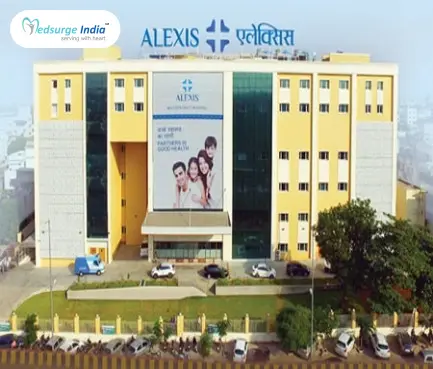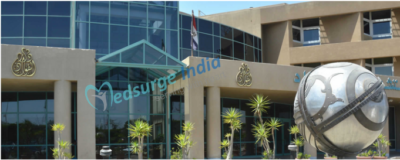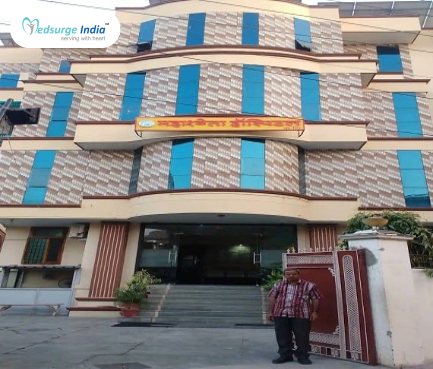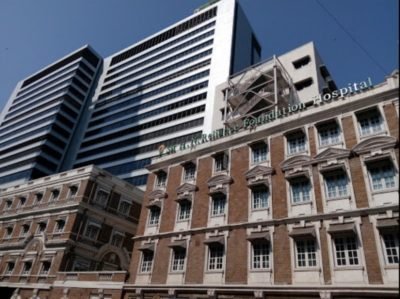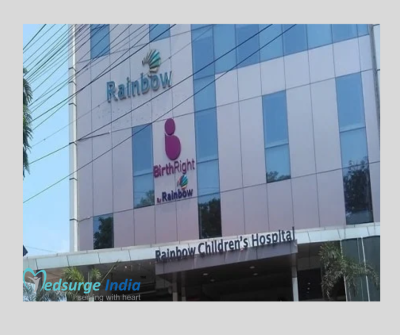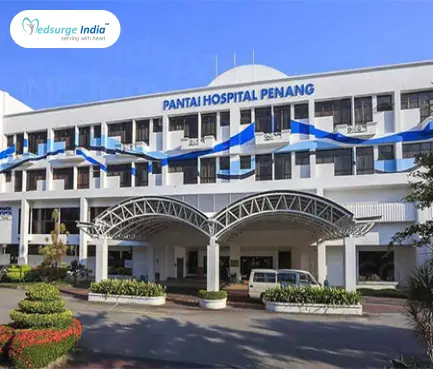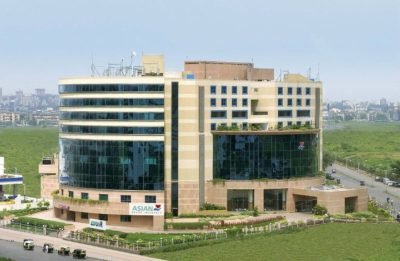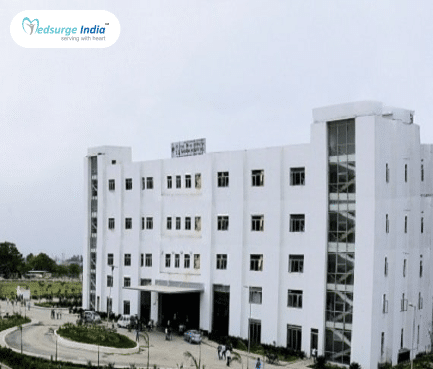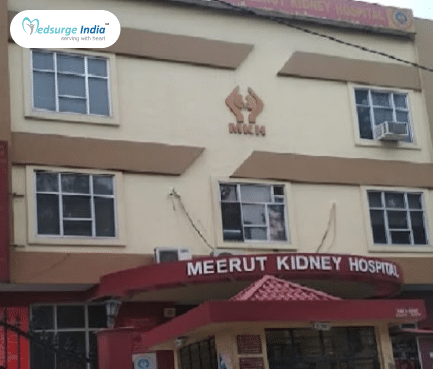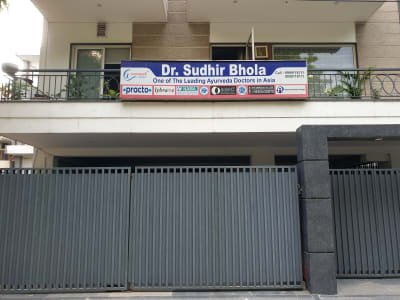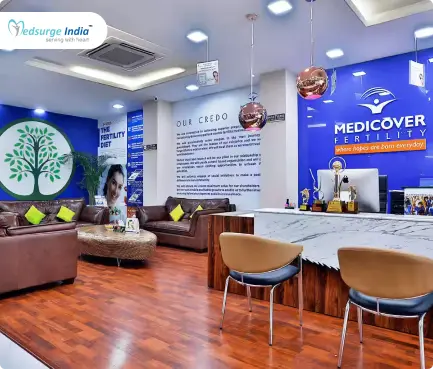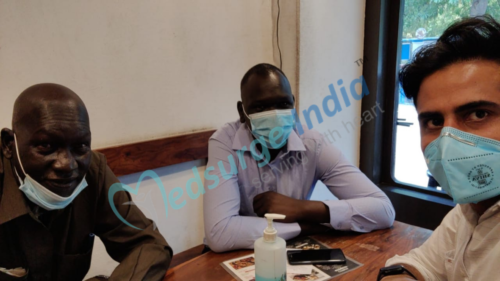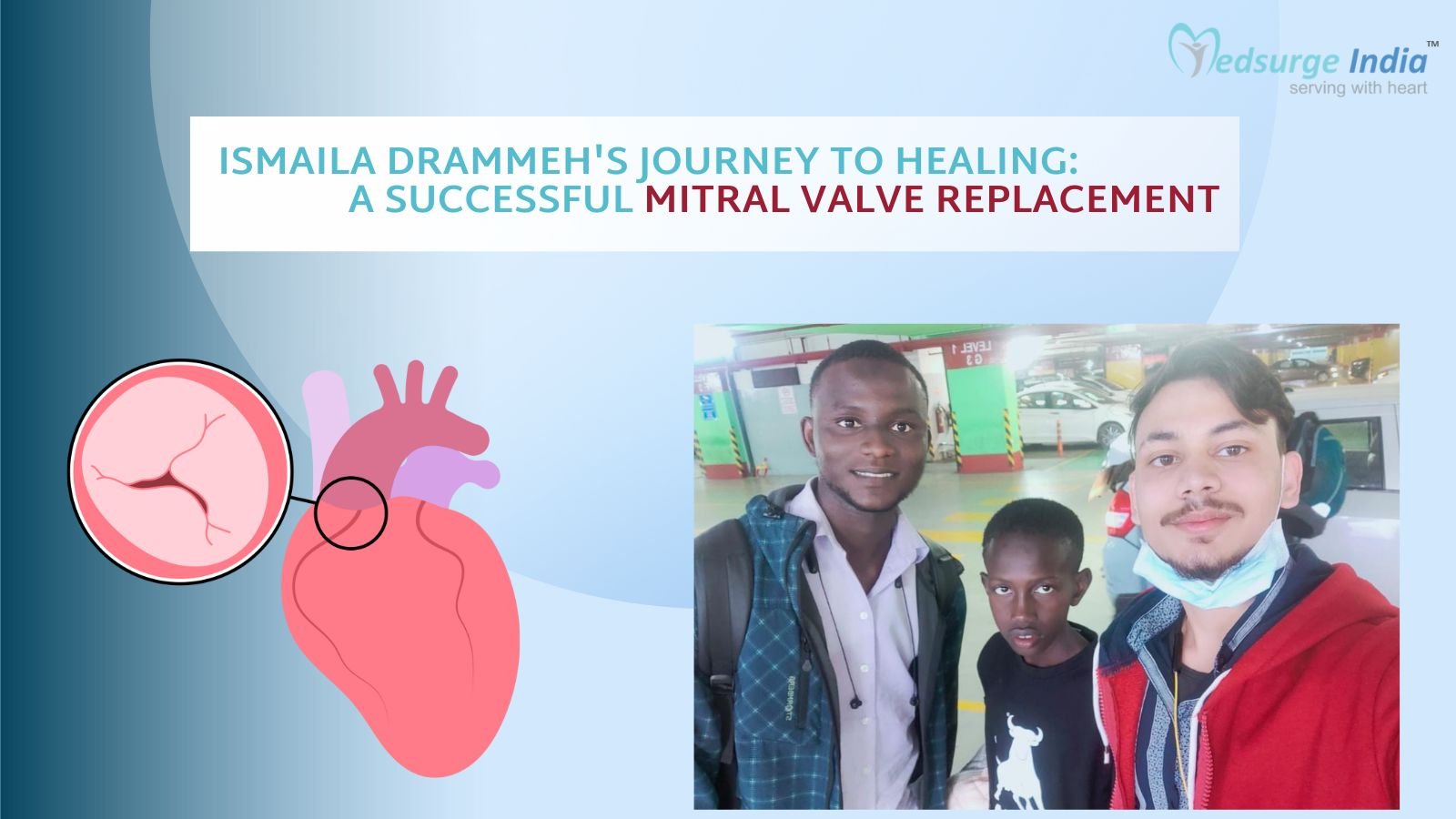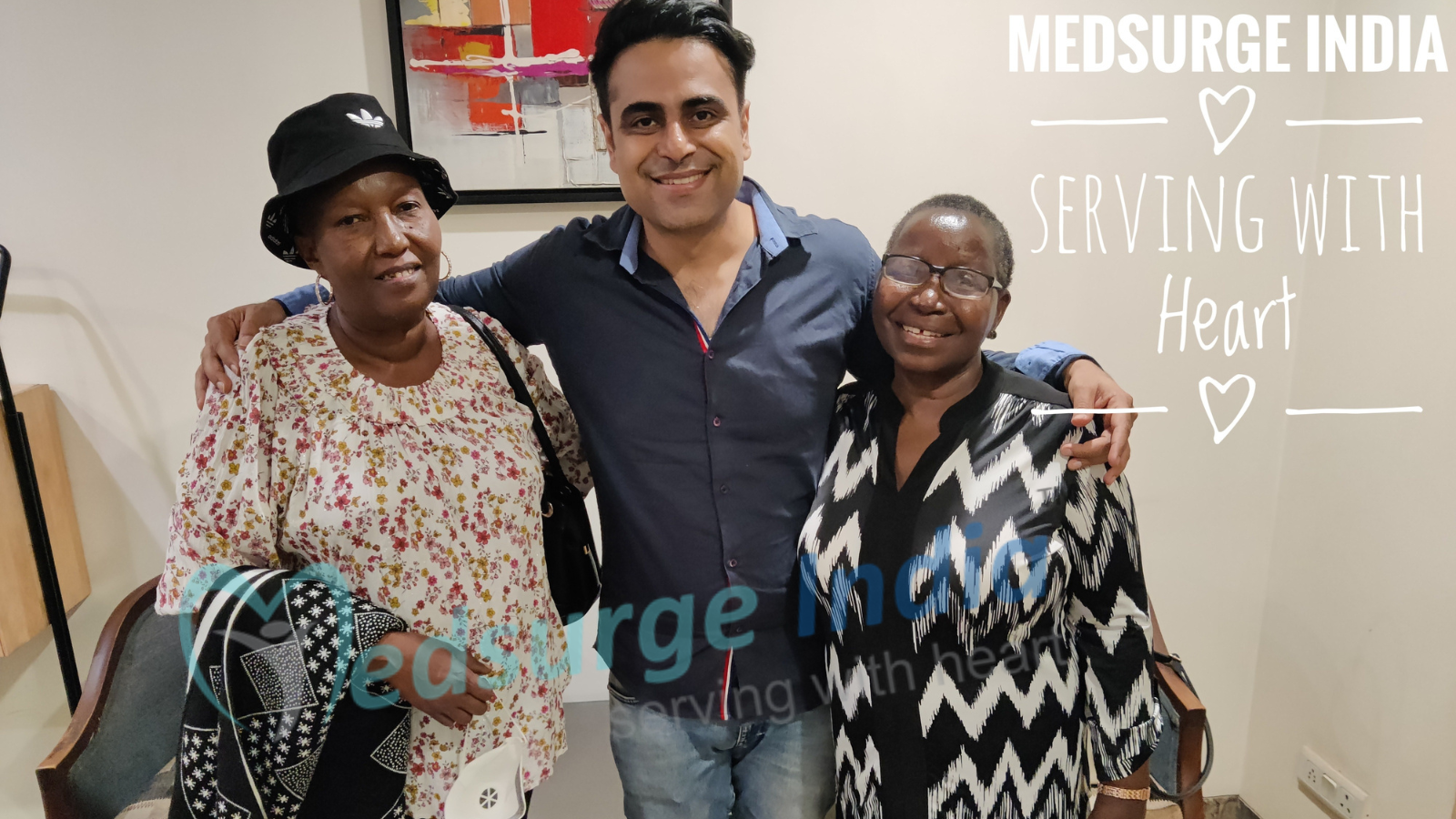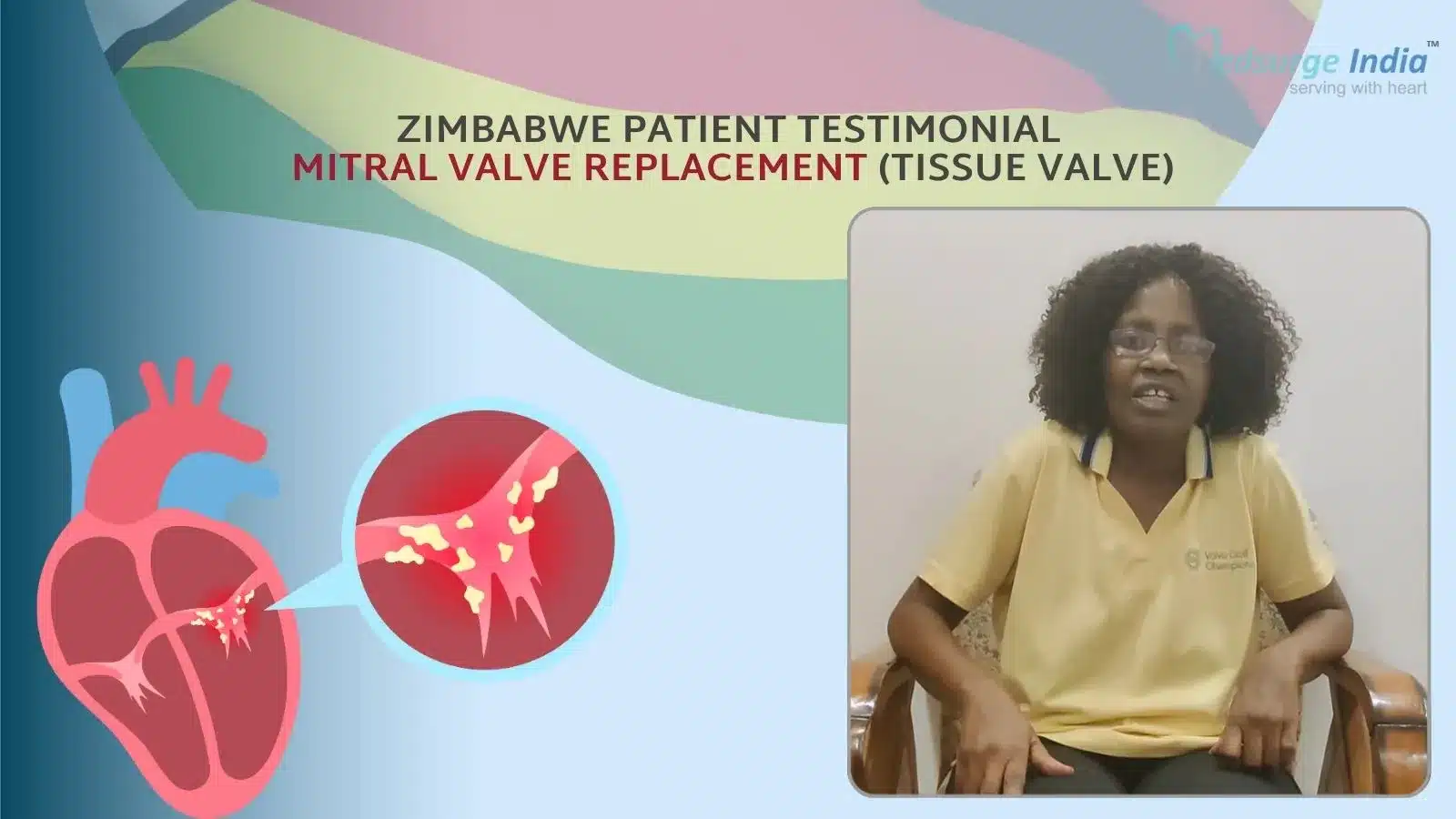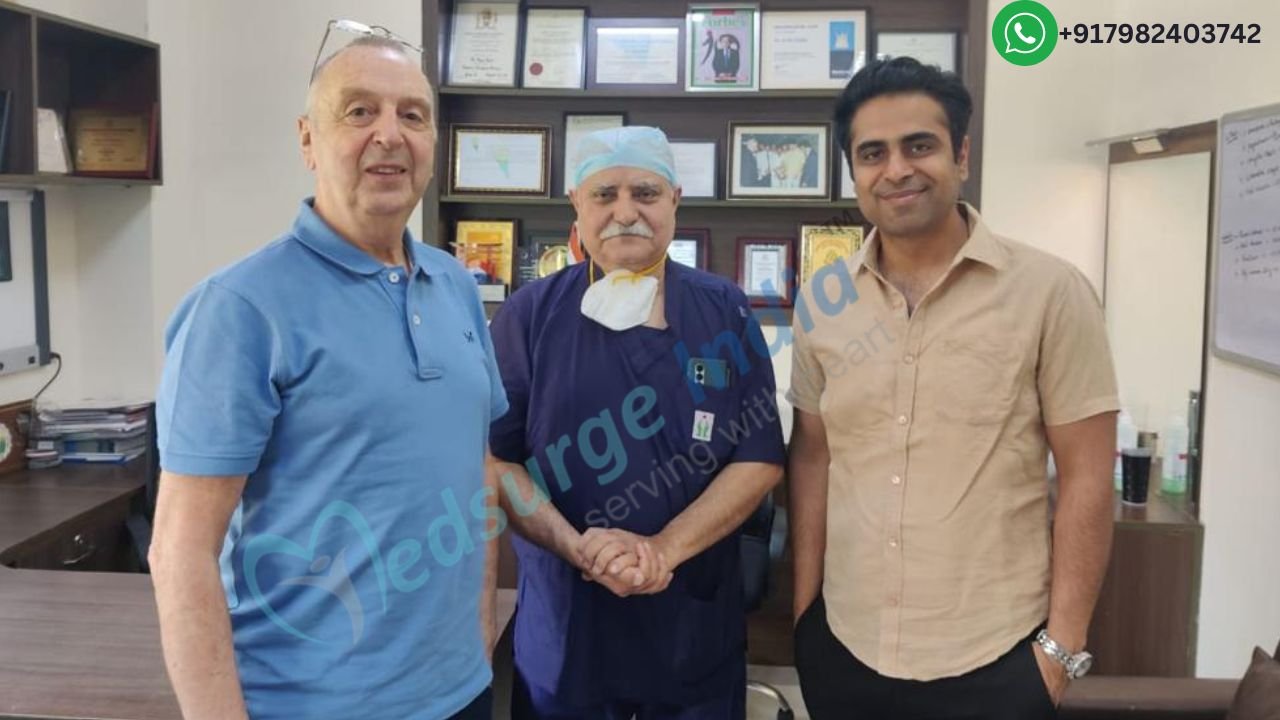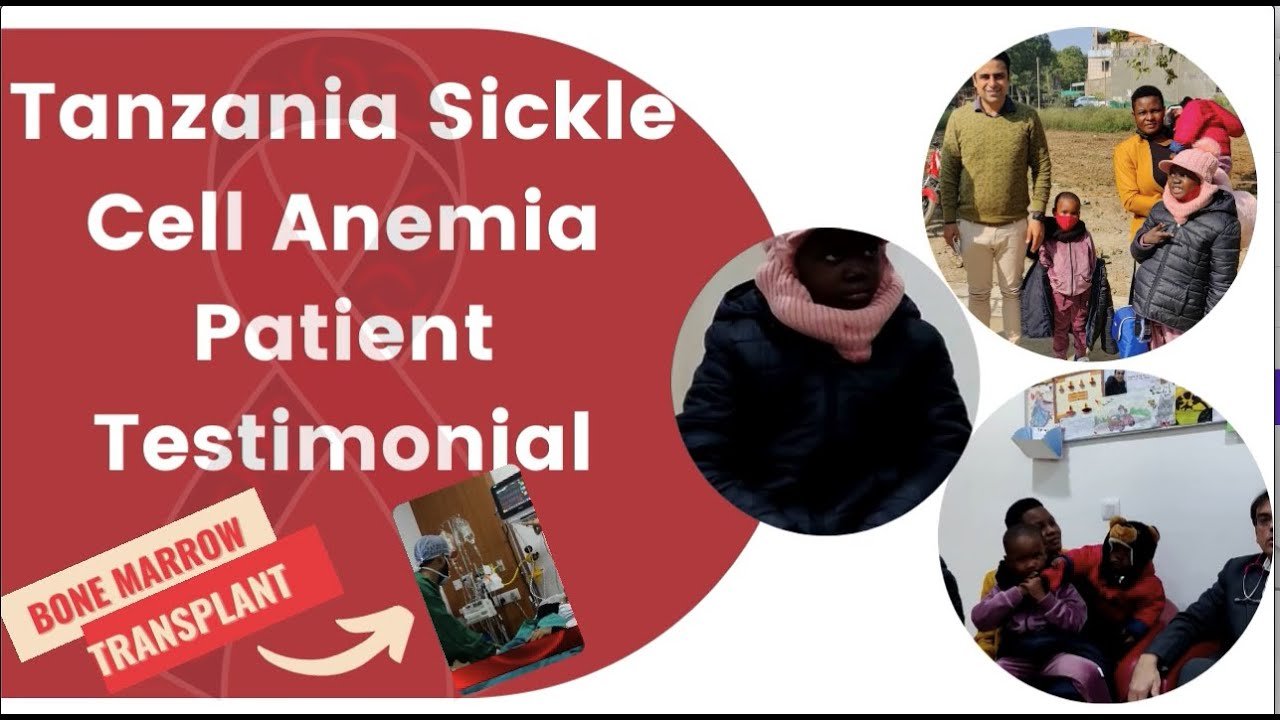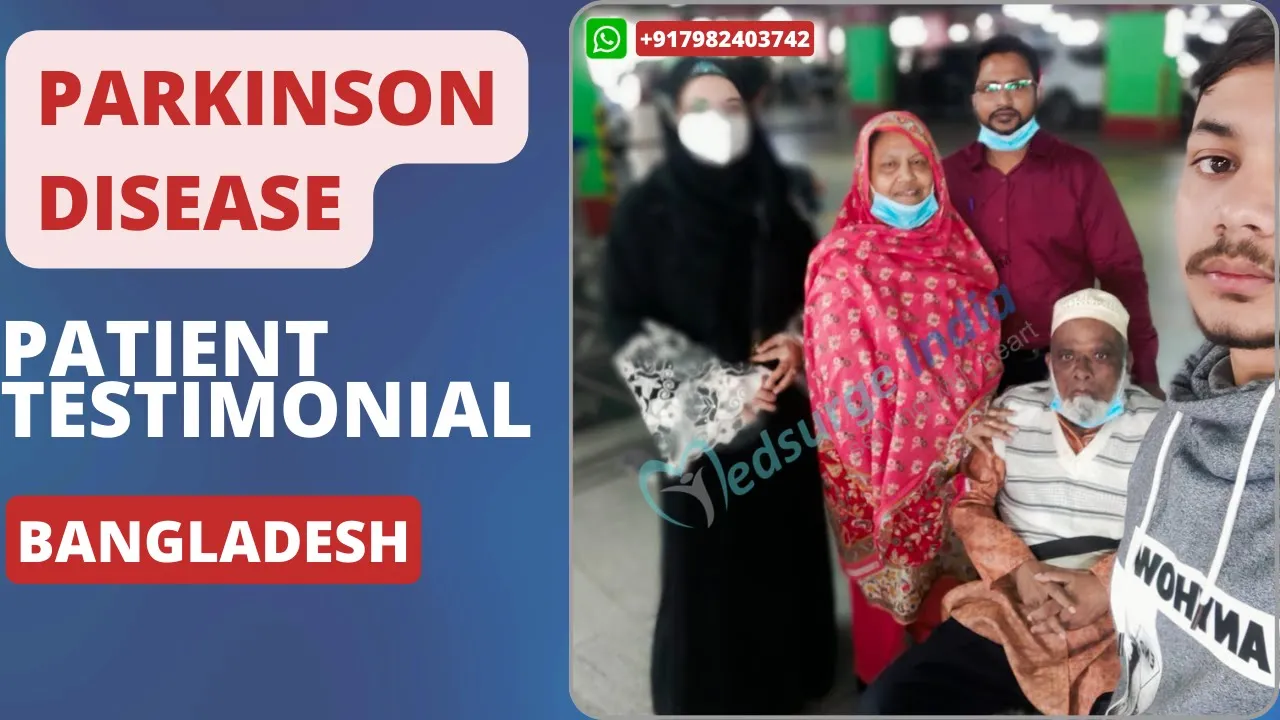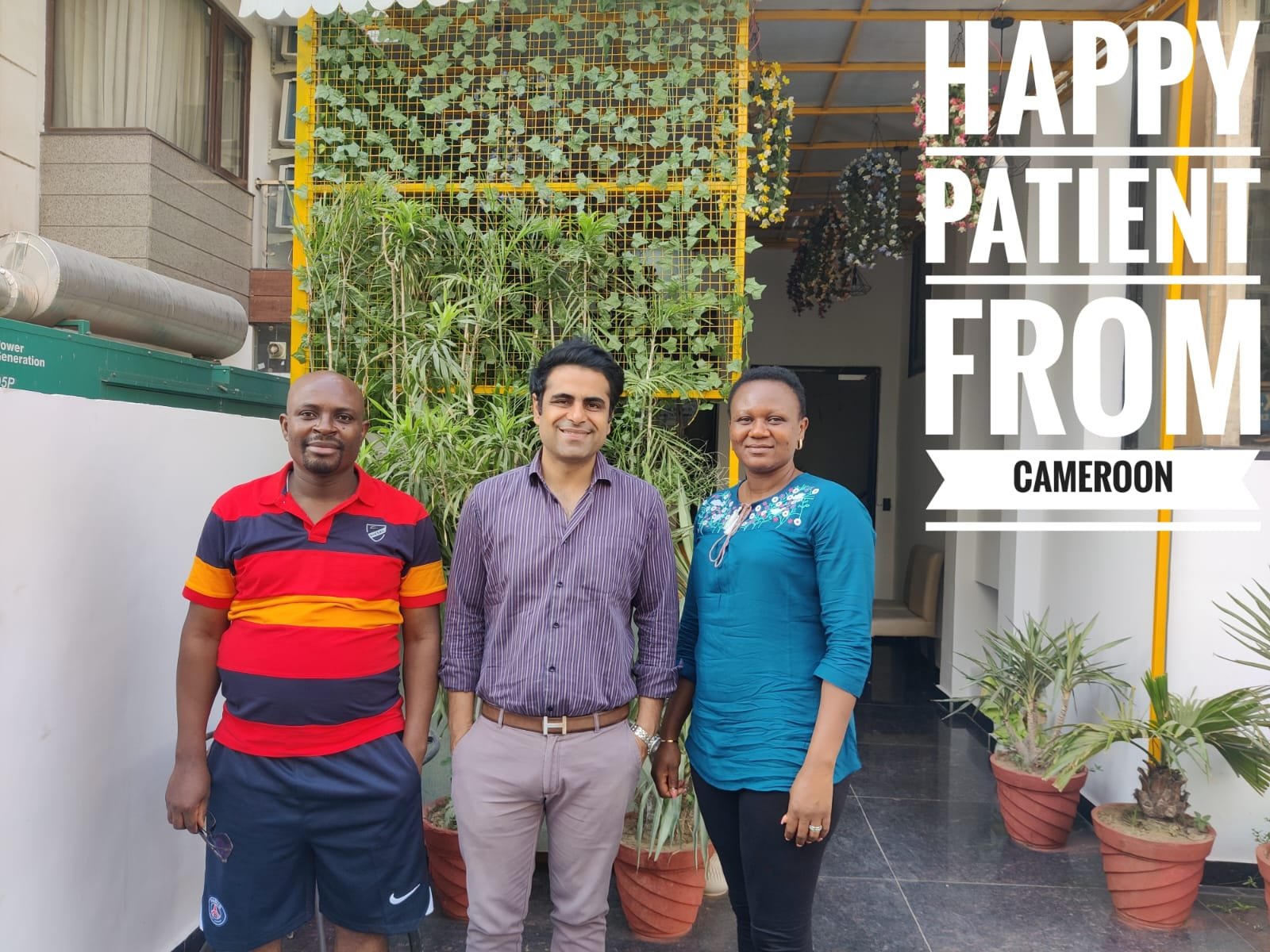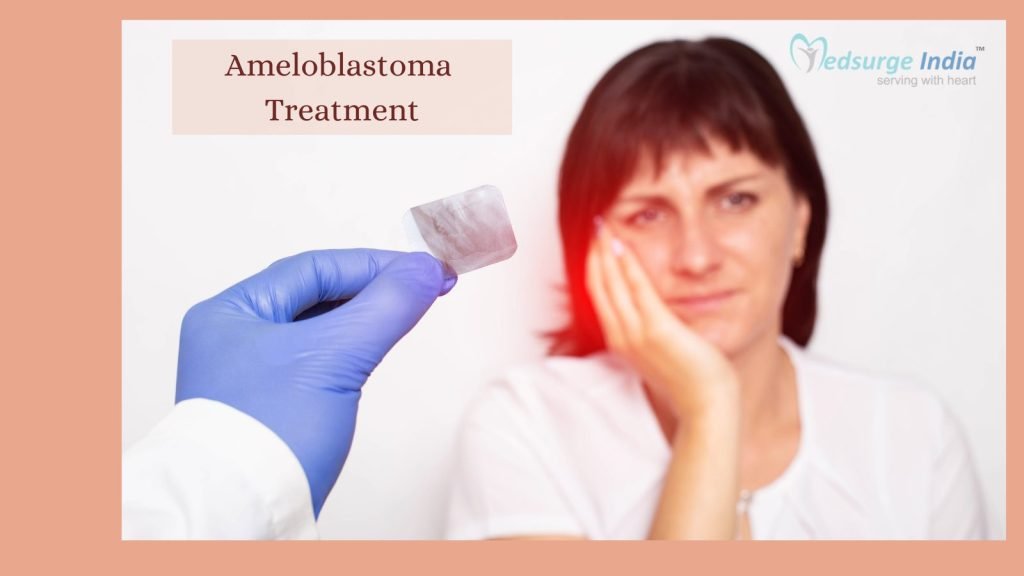
Ameloblastoma is a rare, noncancerous (benign) tumor that usually forms near the molars in the jaw. Ameloblastoma starts in the cells that form the protective enamel layer of your teeth. The most frequent variety of ameloblastoma is aggressive, developing into the jawbone and generating a big tumor. Surgery and radiation are two options for Ameloblastoma treatment in India. Reconstruction may be required in some circumstances to restore your teeth, jaw, and facial look. Some ameloblastomas are less aggressive than others.
What Is Ameloblastoma?
Ameloblastoma is a rare jaw cancer that causes abnormal tissue growth. The tumors or cysts that result are normally benign (non-cancerous), although the tissue growth in the affected location might be aggressive. Tissue around the jaws, such as the sinuses and eye sockets, might occasionally become implicated. Because the tissues that give rise to teeth are frequently affected, ameloblastoma can cause facial deformation. Malignancy and metastases are uncommon, but they do occur.
The tumor normally causes no symptoms and manifests as a slowly growing face swelling. Ameloblastoma is a locally damaging tumor that has a high risk of recurrence if it is not completely removed.
Ameloblastomas are generally divided into types. However, they can also be classified by cell types. The four major types are as follows:
- Conventional Ameloblastoma
- Unicystic Ameloblastoma
- Peripheral Ameloblastoma
- Metastasizing Ameloblastoma
Ameloblastoma Treatment Cost in India
Affordable Ameloblastoma Treatment Cost in India starts from INR 3,74,000 (4,500 USD). India is home to some of the greatest physicians and surgeons in the world, as well as some of the best hospitals globally. When compared to the best hospitals in the globe, the country offers treatment and medical care that is not only reasonably priced but also has some of the highest treatment success rates. Furthermore, the price will vary according to the kind of care you receive.
Factors That Can Affect Ameloblastoma Treatment Cost in India
Following are some of the factors that may affect Ameloblastoma Treatment Cost in India:
- If additional post-operative care is required.
- Knowledge and expertise of the doctor in the field.
- Duration and stay in the nation and hospitalization.
- Depending on what kind of therapy your doctor recommends for your disease, the cost of treatment will change.
- The cost of the hospital and the rooms you select will vary based on the institution’s policies.
Medsurge India offers the best package for Ameloblastoma Treatment cost in India at an affordable price for international patients coming to India under the supervision of the most trained doctors. Also, you can click here for the medical visa process.
What Are the Signs and Symptoms of Ameloblastoma?
- Ameloblastoma normally has no symptoms, but pain and a lump or swelling in the jaw might be signs and symptoms.
- The tumor can become very large if left untreated, altering the structure of the lower cheek and jaw and moving teeth out of position.
- Ameloblastomas can sometimes grow quickly and terribly. This has the potential to uproot and relocate your teeth. They can also affect your nose, eye socket, and skull.
- Ameloblastoma should be detected and treated as soon as possible to prevent tumor growth and probable cancer progression. Ameloblastomas can become malignant and spread to other regions of the body, particularly the lungs, despite their rarity. To avoid recurrence, the initial surgical treatment must be done meticulously.
What Are the Causes of Ameloblastoma?
Ameloblastoma starts in the cells that make up your teeth’s protective enamel layer. It can also begin in the gum tissue. Although the specific cause of the tumor is unknown, numerous genetic changes (mutations) may play a role in its growth. These modifications could affect the tumor’s location, type of cells involved, and rate of growth.
Also, the exact cause of ameloblastoma is unknown. Injuries to the mouth or jaw, infections of the teeth or gums, or inflammation of these areas are all possible causes. The growth or development of these tumors is thought to be caused by viral infections or a shortage of protein or minerals in the person’s diet. In general, however, scientists are baffled as to what causes cysts and tumors, or why they can turn malignant.
How the Diagnosis of Ameloblastoma Is Done?
These tumors are frequently detected on X-rays when they appear like soap bubbles on film. The following tests can be used to diagnose ameloblastoma:
- MRI (magnetic resonance imaging): Images of your mouth are created using powerful magnets and radio waves.
- CT (computerized tomography) scan: A CT scan combines several X-rays obtained from various angles to provide more detailed information.
A small sample of tissue may be taken by your doctor to examine under a microscope. They’ll use a needle or make a little cut to get the sample. A biopsy can confirm if it’s ameloblastoma and assist evaluate how quickly it’s growing.
Get Free Cost Estimation
Procedure
What Are the Treatment Options for Ameloblastoma?
Treatment for ameloblastoma is determined by the size and location of the tumor, as well as the type and appearance of the cells involved. Options for Ameloblastoma Treatment in India may include:
Tumor Removal Surgery:
Ameloblastoma treatment typically requires surgery to remove the tumor. Because ameloblastoma frequently develops in surrounding jawbones, surgeons may need to remove the affected jawbone. A more aggressive surgical technique lowers the likelihood of recurrence of ameloblastoma.
Surgery to Repair the Jaw:
If part of your jawbone is removed during surgery, surgeons can repair and reconstruct the jaw. This can help your jaw look and function better thereafter. The procedure may also make it easier for you to eat and speak.
Radiation Therapy:
Radiation with high-powered energy beams may be required following surgery or if surgery is not an option.
Prosthetics:
Prosthodontists are specialists who can replace lost teeth or other natural components in the mouth with artificial ones.
Supportive Care:
During and after treatment, a range of specialists can assist you with speaking, swallowing, and eating difficulties. Dietitians, speech and language therapists and physical therapists are examples of specialists.
The risk of recurrence after treatment requires lifelong, regular follow-up consultations.
Conclusion
Finally, ameloblastoma is a benign, locally invasive odontogenic tumor with a high probability of long-term recurrence linked to ineffective initial treatment. When detecting tumor recurrence, bone excision with a safety margin of at least 1 cm beyond the radiographically visible margins is the best treatment option. Depending on the location and amount of the recurrence, a marginal or segmental mandibulectomy may be used. Immediate bone defect restoration using free grafts or flaps, dental implant implantation, and rehabilitation with implant-supported prostheses in a second stage can enhance the patient’s jaw function and facial harmony.
The Most Important Frequently Asked Questions
Q: Can Ameloblastoma Become Cancerous?
A: Ameloblastoma can develop cancerous in rare cases (malignant). Ameloblastoma cells can very infrequently spread (metastasize) to other parts of the body, such as the lymph nodes in the neck and the lungs. After treatment, ameloblastoma may return.
Q: What Causes Ameloblastoma?
A: The exact cause of ameloblastoma is unknown. Injuries to the mouth or jaw, infections of the teeth or gums, or inflammation of these areas are all possible causes. The growth or development of these tumors is thought to be caused by viral infections or a shortage of protein or minerals in the person’s diet.
Q: Are the Majority of Jaw Tumors Benign?
A: A tumor is the development of abnormal tissue within the jaw bone. It could come from cells involved in the development of your teeth. Others could arise from cells that ordinarily make up bone, cartilage, or other tissues. The majority of jaw tumors are benign, but if not treated properly, they can be fatal.
Q: Is a Benign Ameloblastic Fibroma?
A: Ameloblastic fibroma is an odontogenic benign tumor made up of epithelium and mesenchyme. It manifests as an asymptomatic radiolucency and is often linked to an overdenture tooth in the jaw.
Q: How Can You Get Rid of a Jaw Cyst?
A: The cyst is removed and the space left behind is cleaned out through a tiny incision within the mouth. The surgeon may also remove some teeth, roots, and a part of the jawbone if the tumor is very large or has caused damage. After that, the cyst will be transported to a pathologist for examination.
Top Hospitals for Ameloblastoma Treatment in India
Top Doctors for Oncology and Oncosurgery
Dr. Amitabh Ray
Consultant
Experience: 14 years of experience
HCG EKO Cancer Centre, Kolkata
Kolkata, India
Dr Suchanda Goswami
Consultant
Experience: 15 years of experience
AMRI Hospital, Kolkata (Dhakuria)
Kolkata, India
Dr. Chandrani Mallik
Consultant
Experience: 10 years of experience
HCG EKO Cancer Centre, Kolkata
Kolkata, India
Dr. Sampath Kumar M.N.
Consultant
Experience: 10 years of experience
Manipal North Side Hospital, Malleshwaram, Bengaluru
Bangalore, India
Dr. Vandana Joshi
Senior Consultant
Experience: 12+ years of experience
Narayana Multispeciality Hospital, Rakhial, Ahmedabad
Ahmedabad, India
Dr. Jyoti Wadhwa
Senior Consultant
Experience: 21 years of experience
Medanta – The Medicity, Gurgaon
Gurgaon, India
Dr. Nalini Rao
Senior Consultant
Experience: 40 years of experience
HCG Bangalore Institute of Oncology Speciality Centre
Bangalore, India
Dr. Rohit P V Nair
Consultant , MBBS, Post Graduation, MRCS
Experience: 9 years of experience
Kochi, India
Dr. Sandeep Mehta
Director
Experience: 22 years of experience
BLK Super Speciality Hospital, New Delhi
New Delhi, India
Dr. Rushabh Kothari
Senior Consultant
Experience: 14+ years of experience
Narayana Multispeciality Hospital, Rakhial, Ahmedabad
Ahmedabad, India
Dr. Alok Narang
Senior Consultant
Experience: 26
Max Super Speciality Hospital, Patparganj, New Delhi

